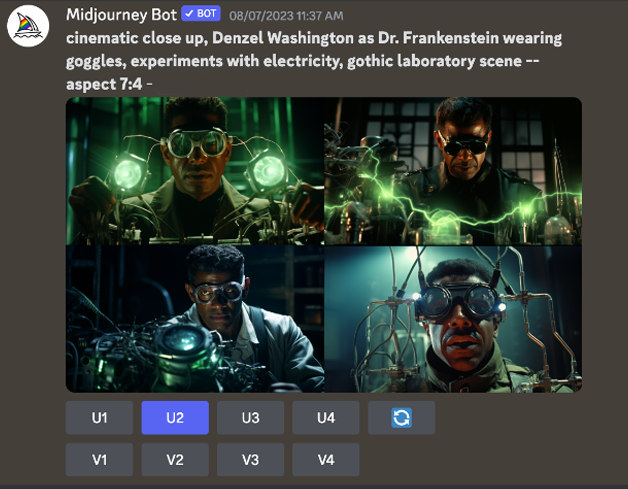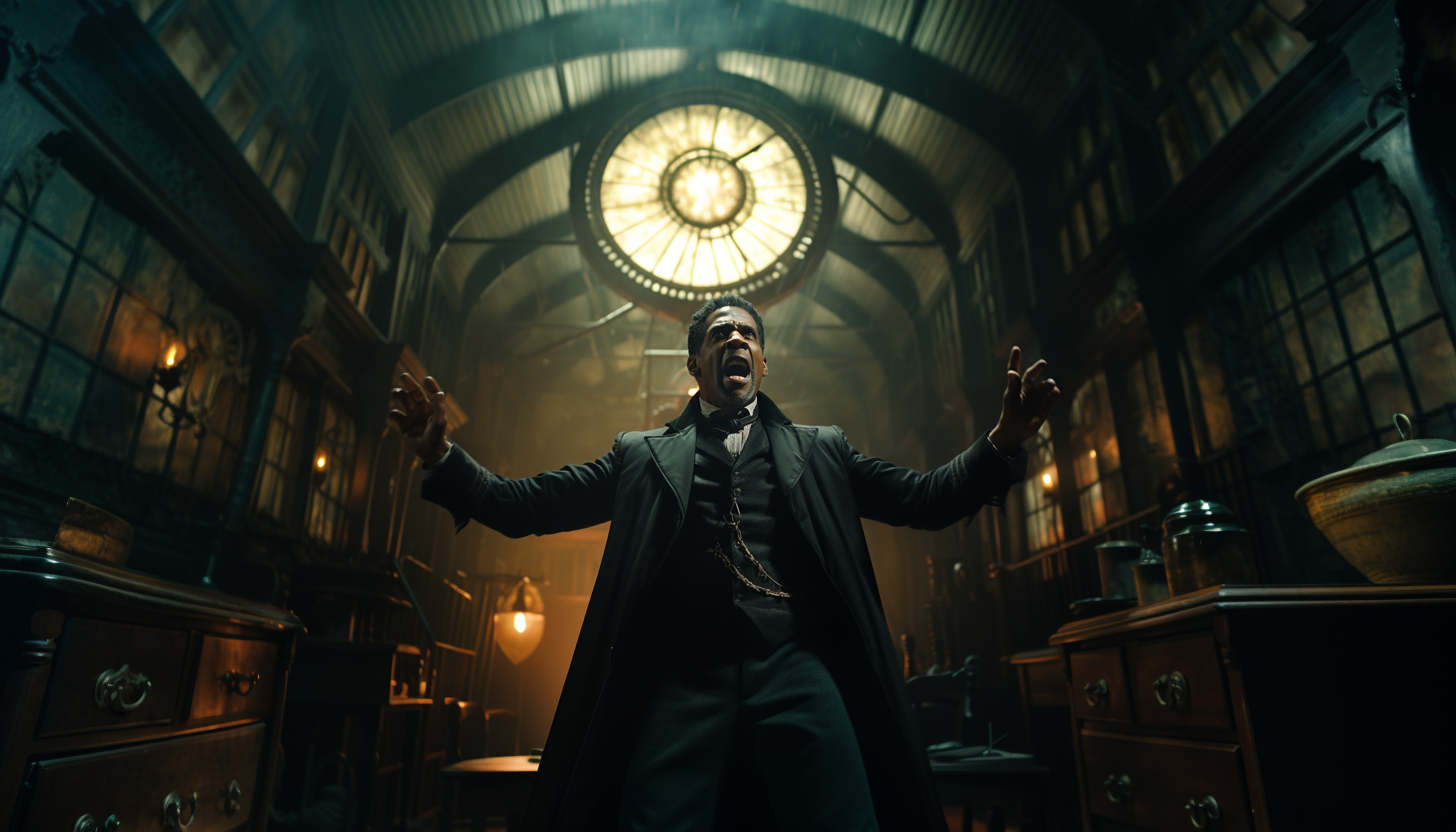Unleashing Creativity with AI-Generated Film Trailers for Cult Classics Dracula & Frankenstein
In 2018, we embarked on a groundbreaking AI virtual reality project named POV: Points of View, which was nurtured in Google VR Lab and later premiered at the Tribeca Film Festival Immersive Program in 2021. My initial interest lay in exploring how biased algorithms could affect marginalized communities and technologies like weaponized drones in law enforcement. This journey as a filmmaker led me into the realm of AI, sparking questions about its evolution and its potential intersection with my artistic work and various industries.
Fast forward to the current rapid progress of AI – my emotions are mixed, yet I believe we can channel these emerging technologies to foster discussions, oversight, and even level playing fields. After six months of experimenting with Midjourney for pitch decks, GRX Immersive Labs recently delved into crafting AI-generated film trailers for "Dracula" and "Frankenstein" using tools like Midjourney and Runway ML. These tools expedite video creation in a fraction of the time traditional methods demand. While this isn't a complete substitute for tradition, it undoubtedly aids in time-saving and enhances artists' communication with their teams.
Our motivation to explore these tools came after reading insightful blogs and watching YouTube videos. To better understand the pros and cons, I engaged my long-time friend and editor, Don Thiel. Together, we've cut ripomatics from stock footage to pitch ideas to Netflix, leading to meetings and excitement. Wanting to blend this skill with generative AI, we took on the challenge of recreating public domain titles like Dracula and Frankenstein. Here's the workflow, along with the ups, downs, and discoveries we encountered:
Tools: Midjourney, Runway, Topaz, Adobe Premiere, Adobe Photoshop, Envato (Stock footage & Sound Design), Youtube (Music), Eleven Labs (Voice over)
Assets: Dracula I Frankenstein
Process: The entire process spanned 5 days: 3 for the initial cut and 2 for fine-tuning. The complexity of the request influenced the number of attempts needed to achieve the desired visuals in Midjourney. Simple requests might only need 1-2 tries, while complex ones could require up to 4 or 5 attempts. Public domain titles like Dracula and Frankenstein were chosen due to their extensive historical datasets.
Summoning the Characters: The Quest for Consistency: A major challenge was maintaining character consistency. Bringing iconic figures like Dracula and Frankenstein to life in new ways demanded careful cueing and descriptions. It's like digital art, where each prompt adds a stroke to the canvas. References like Denzel and Idris Elba were used occasionally.
Visualizing Your Story Through Midjourney’s AI: Creating the AI-generated film trailer began by prompting visuals with specific structures, including shot type, subject, action, location, and aspect ratio. For instance, "Cinematic low angle shot, Dracula sitting on a throne, gothic castle scene --aspect 7:4." This structure ensured visuals aligned with the final vision.
Magic of Animation: From Stills to Motion: Transforming stills into dynamic motion was enchanting. Topaz played a crucial role in upscaling resolution and adding smoothness. It's about refining and enhancing, akin to adding final brush strokes to a masterpiece.
Creating a Visual Experience Using Traditional Creative Knowledge: The Dracula trailer involved 55 Midjourney-created images, with 35 animated using Runway. The final product comprised 21 animations combined with 10 stock footage shots. Runway facilitated dynamic and complex animations, resulting in a visually engaging final product.
Conclusion: GRX Immersive Labs' steps to create AI film trailers involved specific structure prompts, Photoshop edits, and Runway animation. These steps yielded refined products showcasing AI-generated video power. While it might not be prime-time ready, for marketing books or graphic novels, it could capture attention. These tools are invaluable for pitching, conveying ideas, and boosting productivity.
Moving Forward: For independent creators, these tools offer substantial potential. However, to truly refine your vision and collaborate seamlessly, consider professionals like storyboard artists and concept artists, especially with a budget. These tools can kickstart your journey, but collaboration enhances it.
Next Adventures: This isn't the end! We're exploring more original concepts with Generative AI. We're remaking "Proxies" using Generative AI and Unreal Engine 5.3, pushing creativity's boundaries.
Stay Tuned: That's it for now! If you're intrigued, stay tuned for updates and insights. Our journey continues as we explore the possibilities of AI-generated content. Keep dreaming, creating, and pushing limits! Don’t ask for permission to be great! - Alton Glass
About GRX Immersive: GRX Immersive Labs pioneers metaverse technologies for innovative storytelling, immersive education, and cultural amplification. Interested in immersive storytelling and emerging tech? Connect with us at grximmersive.com.






